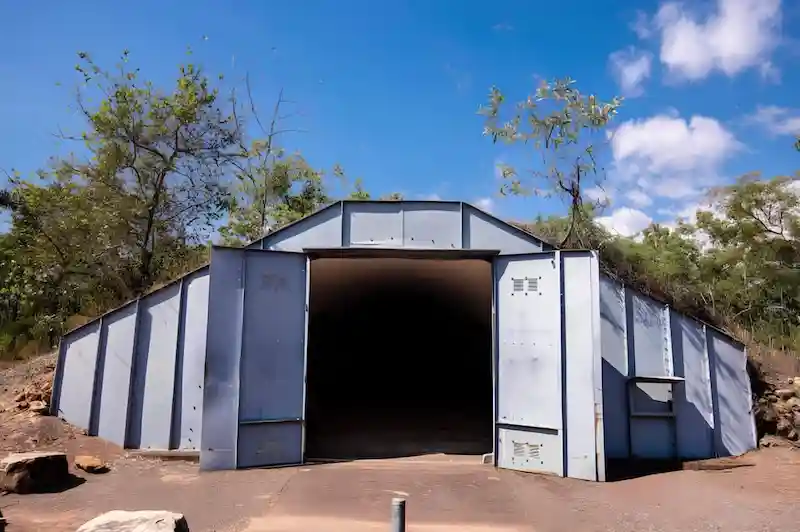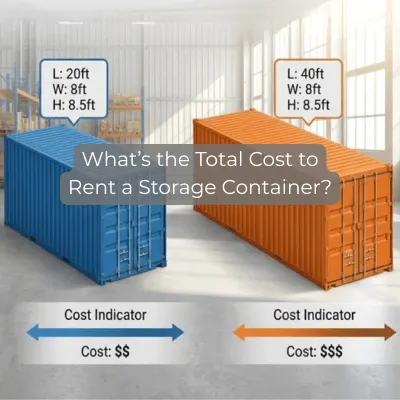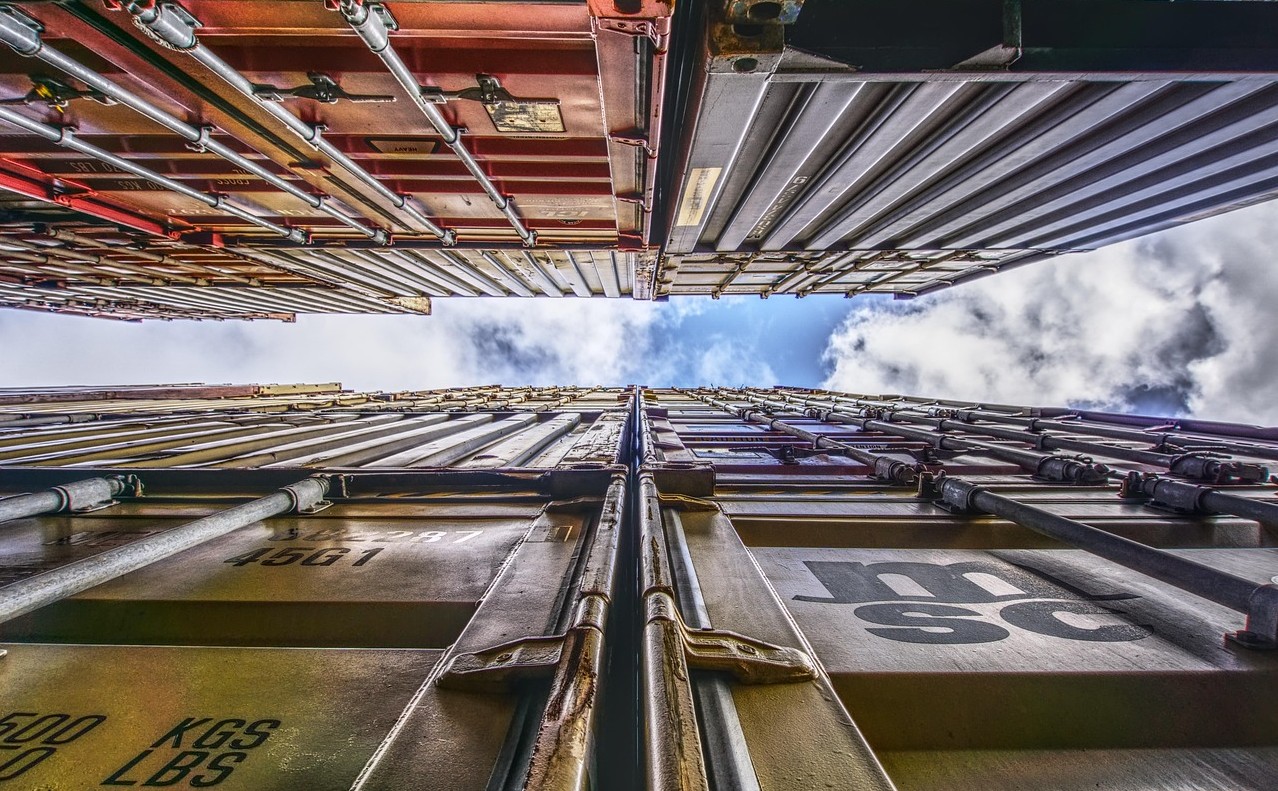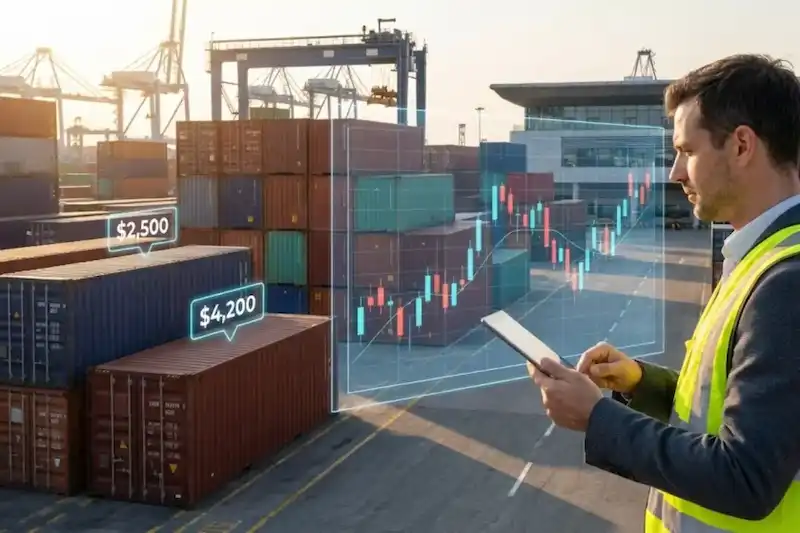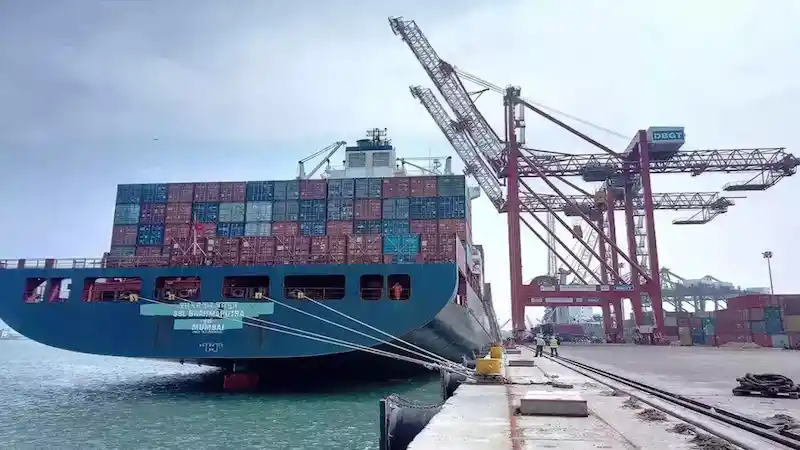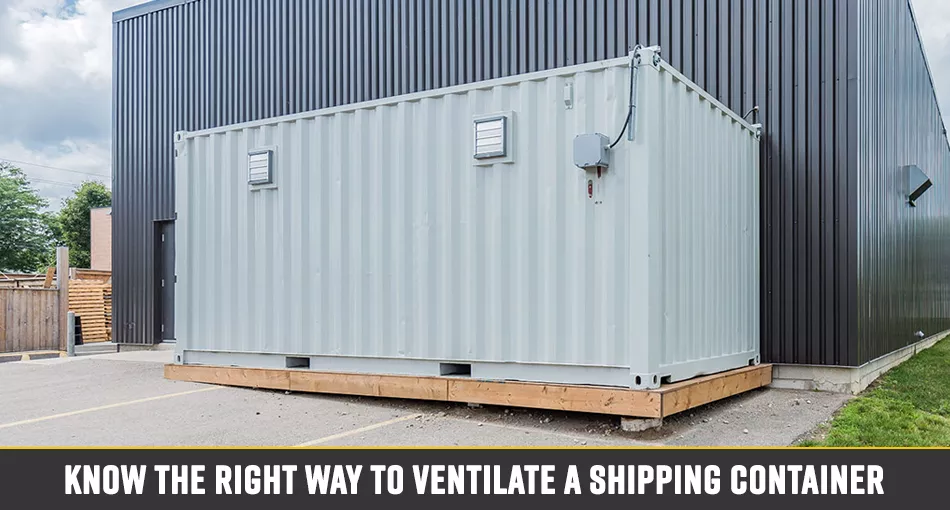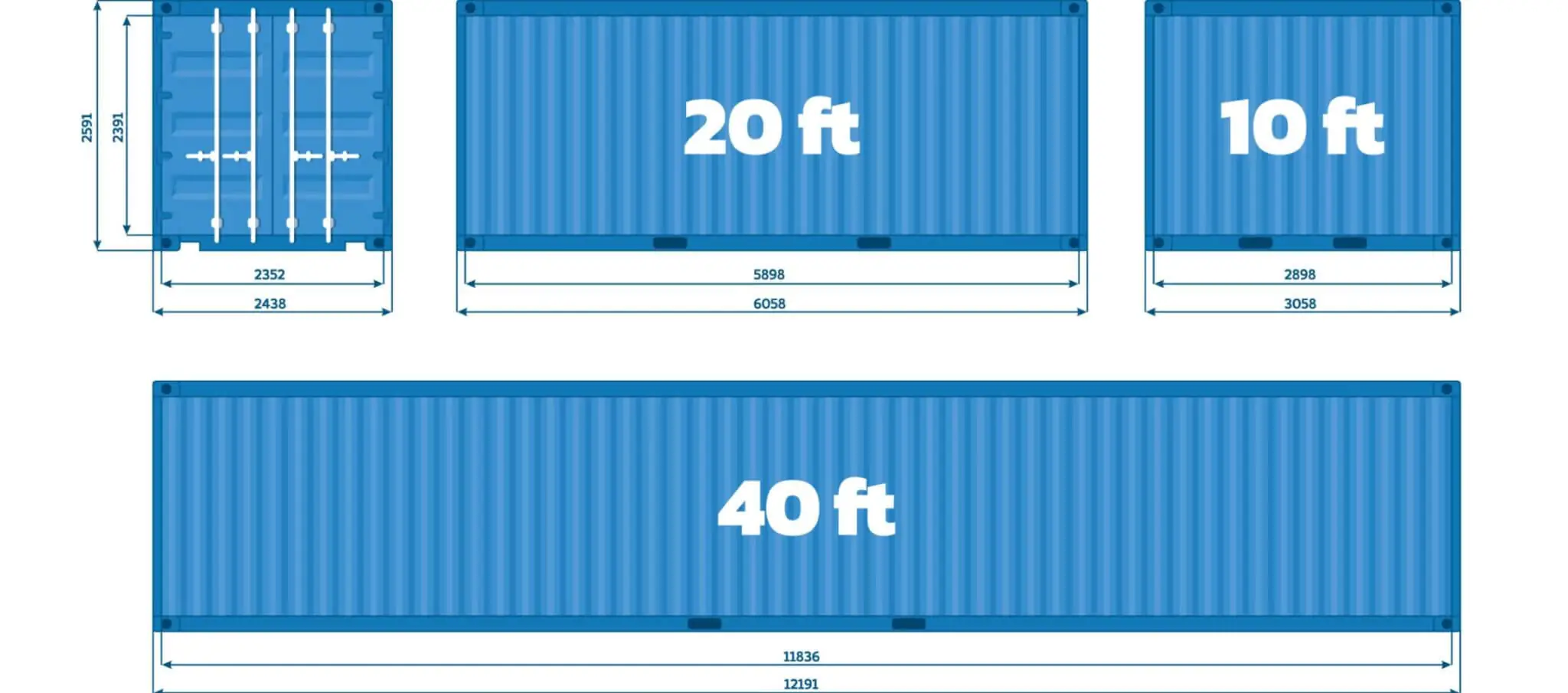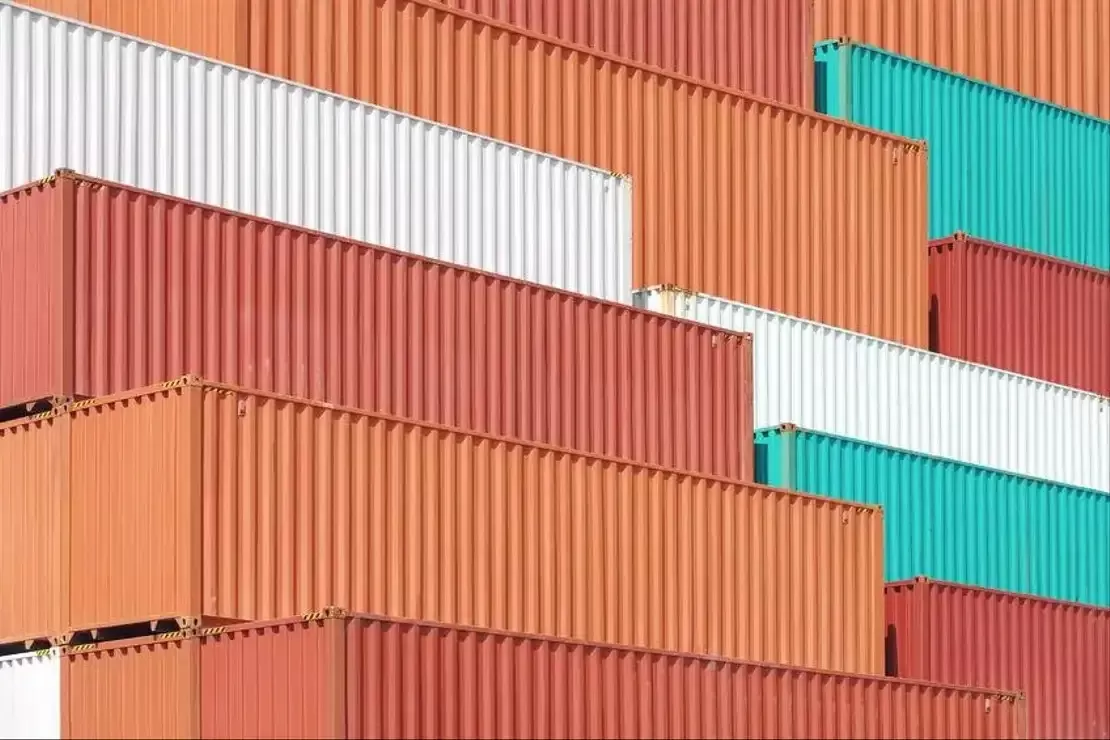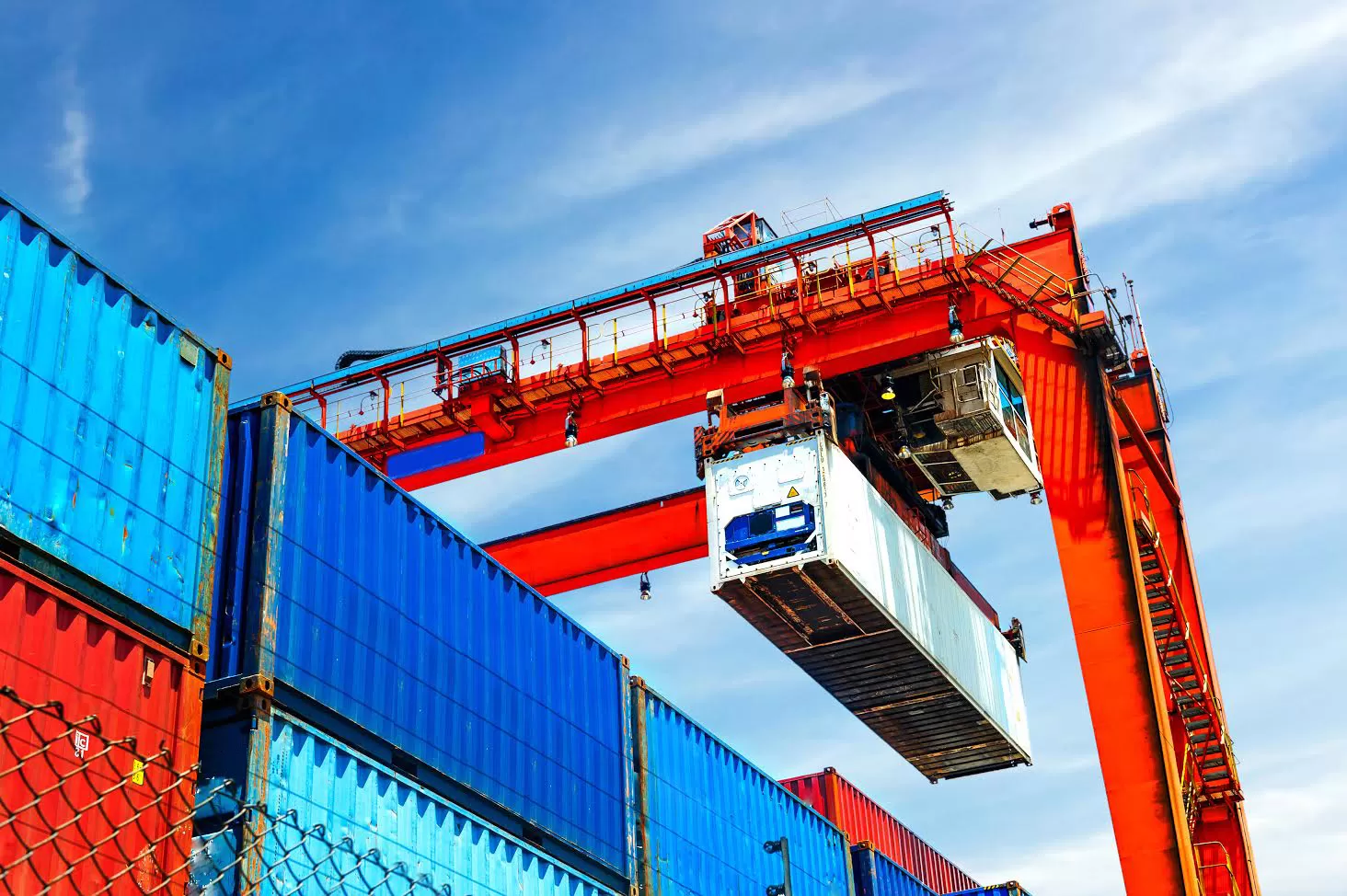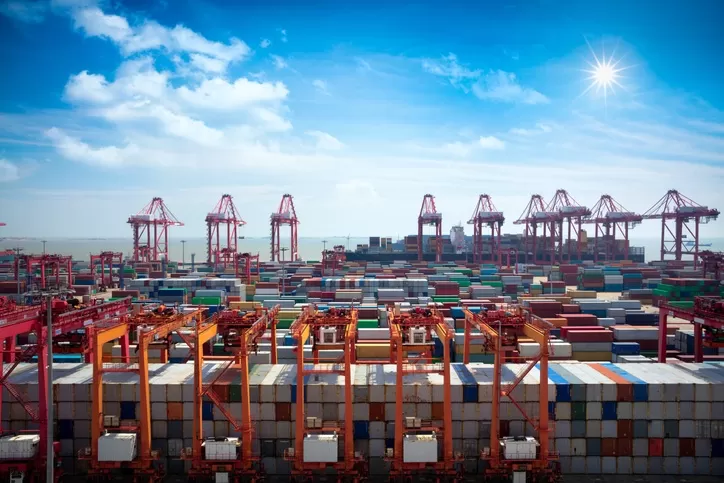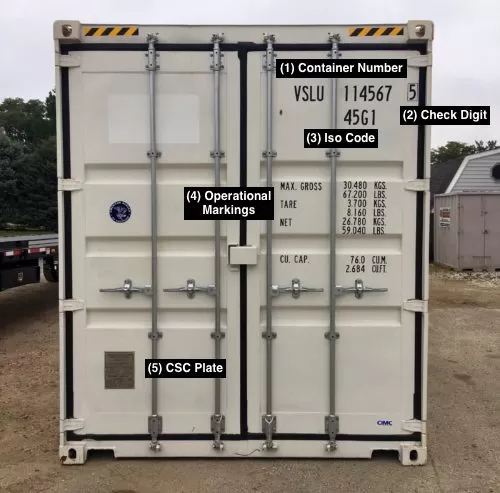5-Step Guide to Buying a Shipping Container

Shipping containers have evolved into indispensable components of our modern lives, serving not only as transport vessels for goods, but also as versatile solutions for needs ranging from extra storage to innovative architectural constructions. However, buying a shipping container might seem daunting for a beginner. The following guide presents a blueprint to assist you in acquiring a shipping container with confidence.
Step 1: Find a Seller You Can Trust
The year 2023 calls for a purchase of a shipping container from a reputable vendor. This step is pivotal because it guarantees that you get a product that satisfies your quality, price, and delivery demands. Such a seller should have several key characteristics.
- A trustworthy seller, established within the industry, should have been in operation for several years. They should have a concrete history of delivering new, as well as second-hand storage containers. Ideally, they would have a worldwide presence, with offices in numerous locations, to serve customers around the globe.
- The seller should offer an extensive selection of shipping containers. This selection must include standard sizes, high cube containers, side opening containers, tunnel containers, and open-top configurations. Furthermore, they may also provide damaged containers that are adaptable and repurposed according to your specific needs.
- When selecting a seller, it is important to take quality assurance into account. They should have a rigorous evaluation process for their used shipping containers, ensuring the genuineness and quality of every item. This approach gives buyers peace of mind knowing that they are receiving a product that fulfills their needs and expectations.
- The seller’s inventory should always include a range of sizes, such as 20ft, 40ft, and 45ft containers. They could also provide specific kinds of containers, such as those with side shutter doors, flat rack containers, high cube containers, and containers with top and side loading options.
- The seller should also offer products built from strong and lasting materials like high-strength low alloy steel, designed to withstand heavy transportation.
- When choosing a seller, price competitiveness and fast delivery times should also be taken into account. Ideally, they should provide fast delivery, typically between 4‒7 working days, to ensure your containers reach you without unnecessary delays.
- Excellent customer service is a must. A dedicated team should be ready to resolve any problems or answer any inquiries, ensuring a seamless purchasing experience. Customers should be able to contact them through email or phone.
An exemplary player in this field is Pelican Containers, renowned for a wide array of shipping containers constructed from durable materials. We offer all standard sizes, side opening, tunnel, and open-top configurations. Quality assurance is a significant aspect of our operation. Pelican Containers also offers competitive pricing and fast delivery which is no longer than 1‒3 days after purchase. Strong security systems ensure the safety of your belongings, complemented by round-the -clock customer support.
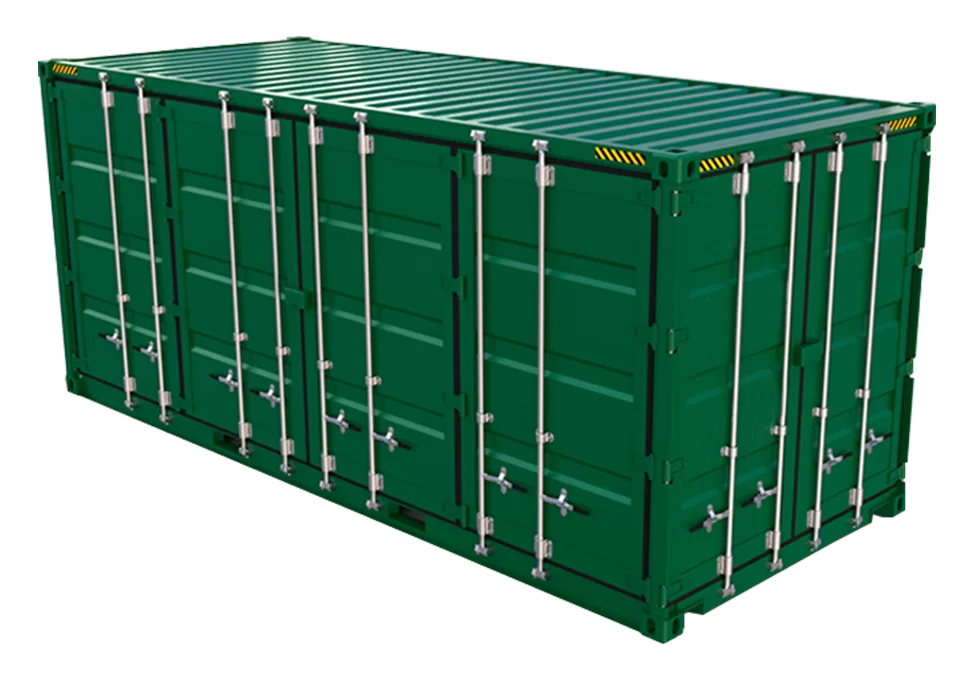
Step 2: Choose the right container for your needs
The second step in purchasing a shipping container involves a well-informed decision of the type of container that suits your distinct requirements. Numerous factors play a role in selecting the ideal container.
Firstly, it is important to know about the diverse container types available, including 20ft and 40ft standard sizes, high cube containers with added height, and specialized designs like side-opening, tunnel, and open-top containers.
If you are going to transport or store unconventional items, the call might arise for special containers equipped with side shutter doors, flat rack capabilities, or top and side loading options. These container variants are tailor-made to handle large or irregularly shaped items that defy the constraints of standard container configurations.
Besides the container type, it is necessary to consider its shape. Containers are usually categorized as new and used. New containers ensure maximum durability, strength and long service life, but they are more expensive. On the other hand, used containers are more affordable and can still offer exemplary functionality if they have been well-maintained and properly inspected.
The material of the container is another important factor to consider. Most shipping containers are manufactured from high-strength steel, which is widely recognized for both its robustness and its ability to withstand rough transportation. If your project involves heavy-duty usage, this could be a crucial factor in making your decision.
Step 3: Accurately assess the container’s condition before buying
When purchasing a shipping container, it is important to assess its condition precisely. This assessment enables you to choose the container that is most suitable for your transportation and storage requirements. Container grading plays a key role in this process as it gives a clear indication of the container’s condition and worth.
Before sale, a reliable supplier should carry out a comprehensive inspection of the container to check for any possible structural problems, leaks, or spills. If it is a used or damaged container, it is especially important to make sure that existing wear and tear does not compromise its integrity.
You should also determine whether the container meets all the necessary regulations, as well as the labeling requirements, especially if it will be used for shipment. Align the container’s condition with its cost to ensure a judicious investment.
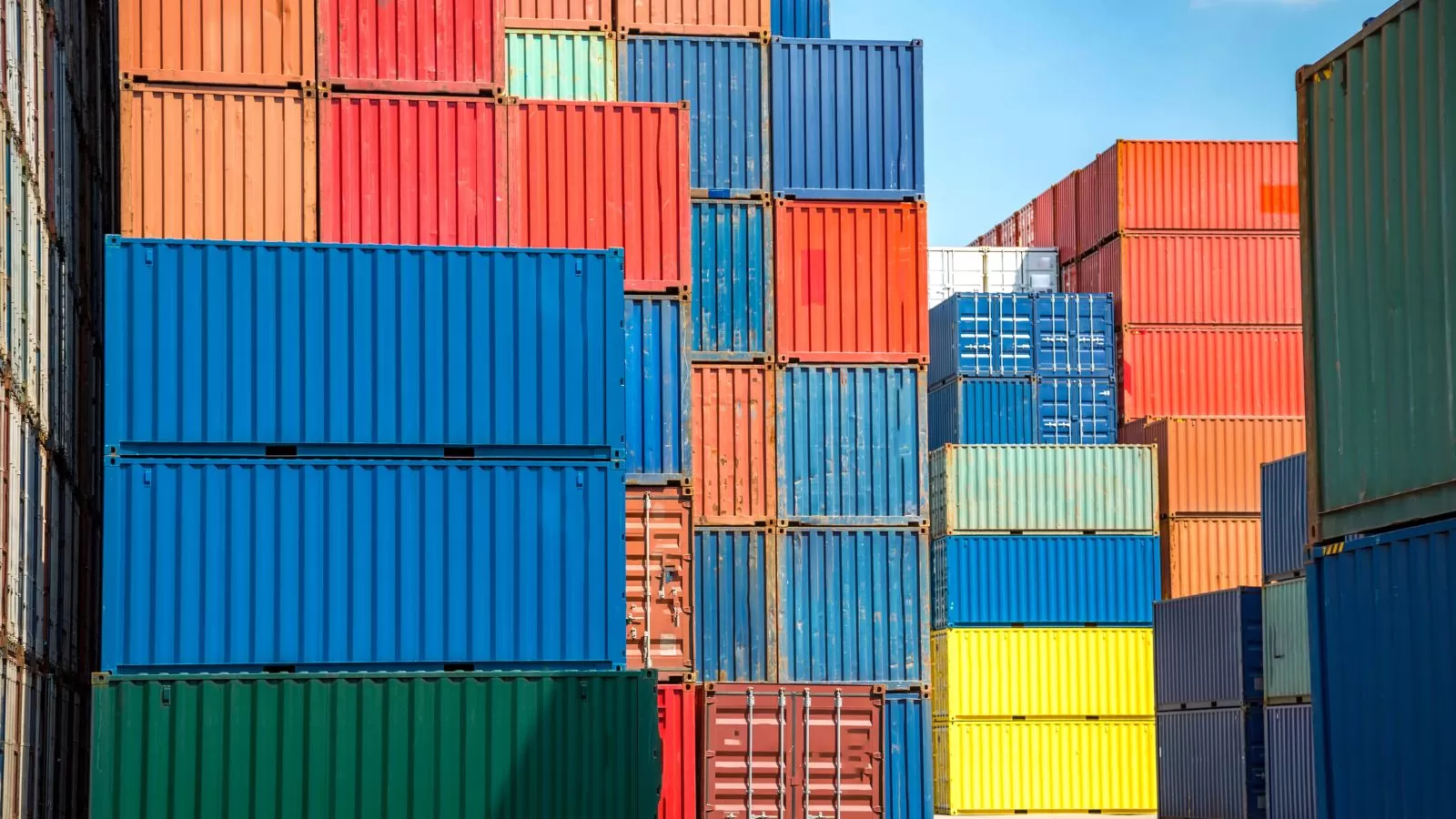
Step 4: Understanding container pricing and getting the right deal
To secure the best deal on a container, you need to understand the intricacies of container pricing. Several factors influence the total cost, such as the container’s type, size, condition and delivery expenses.
The container’s type and size have a significant impact on its cost. Standard containers are usually less expensive than specialized ones due to their uncomplicated design and broad distribution. Moreover, larger containers are usually more expensive due to the added materials needed to manufacture them.
The container’s condition also influences the final price. New containers are generally more costly than their used or worn-out counterparts. However, although second-hand containers may be kinder on the wallet, they may entail additional costs if maintenance or modifications are required.
The distance from the seller’s location to yours, the delivery method, and special handling requirements can also increase the final price. It is important to check these details with the seller in advance to avoid unexpected costs.
Moreover, prices in different regions can significantly vary depending on factors, such as transportation costs, local demand, and availability. To make the most favorable deal, you can compare prices from different sellers and locations.
Another important factor to consider is the current market situation. Consider changes in the global economy, fluctuating transportation costs, and variations in the supply and demand to make well-informed purchasing decisions.
Step 5: How to get ready for your shipping container to arrive
The final step in the process is preparing for the arrival of your shipping container. Start by making sure you have an appropriate, level area to receive the container. This can be a concrete slab, asphalt, or compacted gravel. The location should be easily accessible and free from overhead obstructions, such as power lines or trees.
Next, consider how the container will be delivered and unloaded. Ensure that there is sufficient space for the delivery vehicle to move around and unload the container safely. You may also need to arrange for specialized equipment if the seller does not provide unloading services.
Finally, review the local regulations regarding the placing of the shipping container. Certain areas may require permits, therefore it is important to have all necessary documentation prepared before the container’s arrival. Thorough preparation ensures smooth and hassle-free delivery.
Conclusions
Purchasing a shipping container in 2023 involves a range of different factors that you need to understand comprehensively. However, the right approach and thorough care can help you make the best decision which meets your needs perfectly. Pelican Containers, being a trusted seller, offers a wide range of options to suit your needs, ensuring the quality of your purchase and its fast delivery.
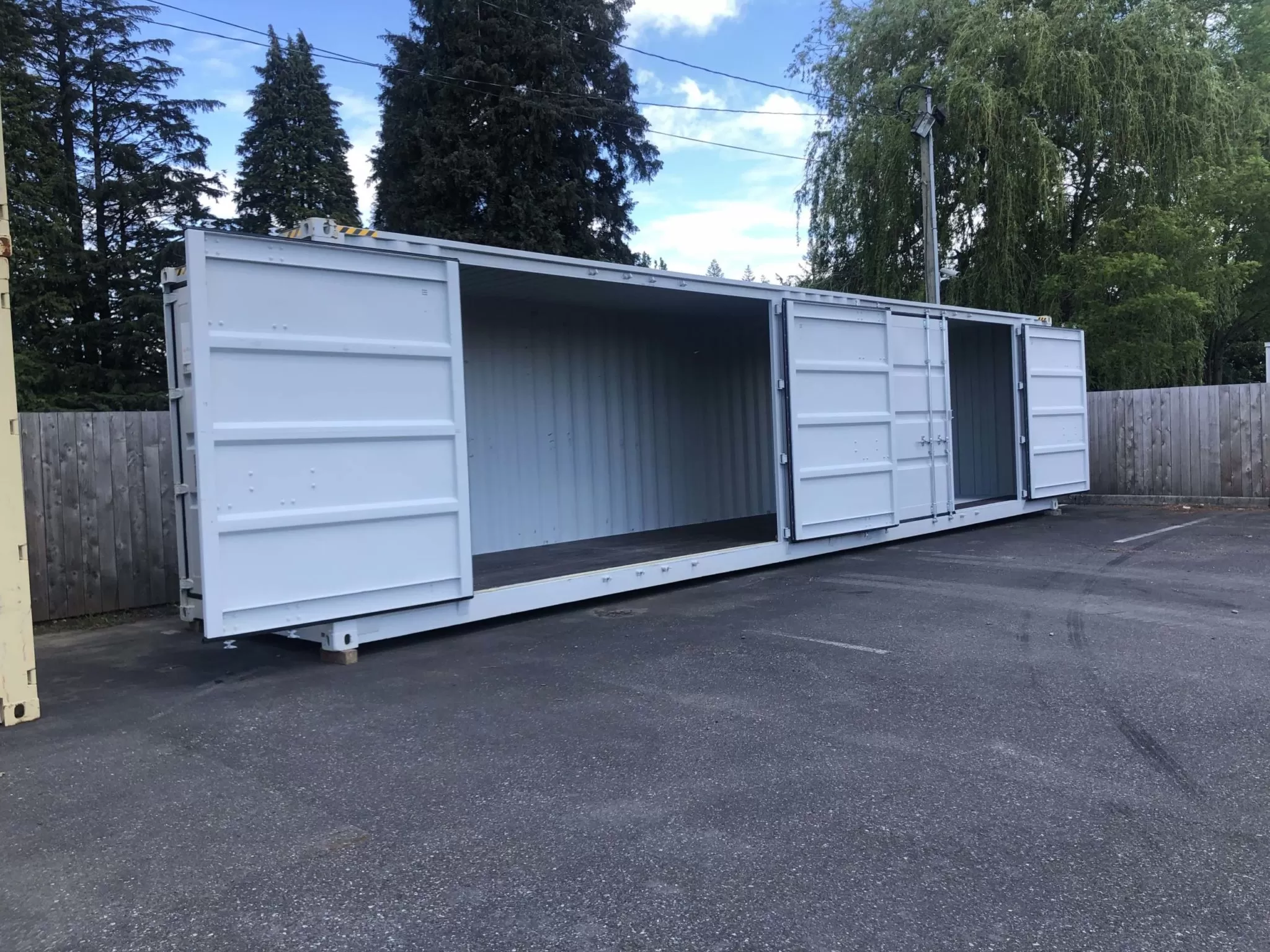
Important Treaties and Standards Before Buying A Shipping Container
Containers and chassis are covered by international and national laws, regulations, conventions, and standards. Many international conventions have been established under the administration of the UN and its affiliated organizations. There are 30 worldwide standards for freight containers developed by the International Organization for Standardization (ISO), encompassing air, surface, onboard boats, tanks, and platforms.
Vanessa is a dedicated writer and content enthusiast at Pelican Containers. With a background in practical writing and a keen eye for clarity, she transforms complex container topics into easy-to-understand and useful content. Her passion lies in exploring the evolving world of container usage — from smart storage hacks to global logistics trends.
When she's not writing, Vanessa loves discovering creative shipping container projects or traveling to find new inspiration.
Explore thoughtful, informative, and accessible content with Vanessa!
Vanessa is a dedicated writer and content enthusiast at Pelican Containers. With a background in practical writing and a keen eye for clarity, she transforms complex container topics into easy-to-understand and useful content. Her passion lies in exploring the evolving world of container usage — from smart storage hacks to global logistics trends.
When she's not writing, Vanessa loves discovering creative shipping container projects or traveling to find new inspiration.
Explore thoughtful, informative, and accessible content with Vanessa!
FAQ
How can buyers ensure that the shipping container they purchase is in good condition?
Buyers can ensure the shipping container they buy is in good condition by carefully selecting the condition and configuration they are interested in. Once these details have been selected, customers can then leave a request for a detailed description of the price and delivery terms. Pelican Containers has developed this process to ensure that all containers listed on our platform are authentic and of high quality.
What are some of the factors to consider when choosing a location for the shipping container?
Ensure there is enough space for the size of the container you’re planning to purchase. The location should be easily accessible for a delivery truck to avoid additional transportation costs or difficulties during delivery. You should also consider any local regulations or restrictions that may affect where and how you can place your shipping container.
Are there any legal requirements or permits needed for owning and using a shipping container for storage?
There may be legal requirements or permits needed for owning and using a shipping container for storage. Before you buy a shipping container, it’s important to check with your local government or municipality to understand the specific rules and regulations in your area.
How can buyers estimate the cost of purchasing and transporting a shipping container to their desired location?
To estimate the cost of purchasing and transporting a shipping container, you can contact Pelican Containers directly. Our team is ready to provide detailed information about pricing and delivery options based on your chosen container type, condition, and delivery location. Remember, the total cost includes the price of the container itself, as well as any applicable delivery charges.
